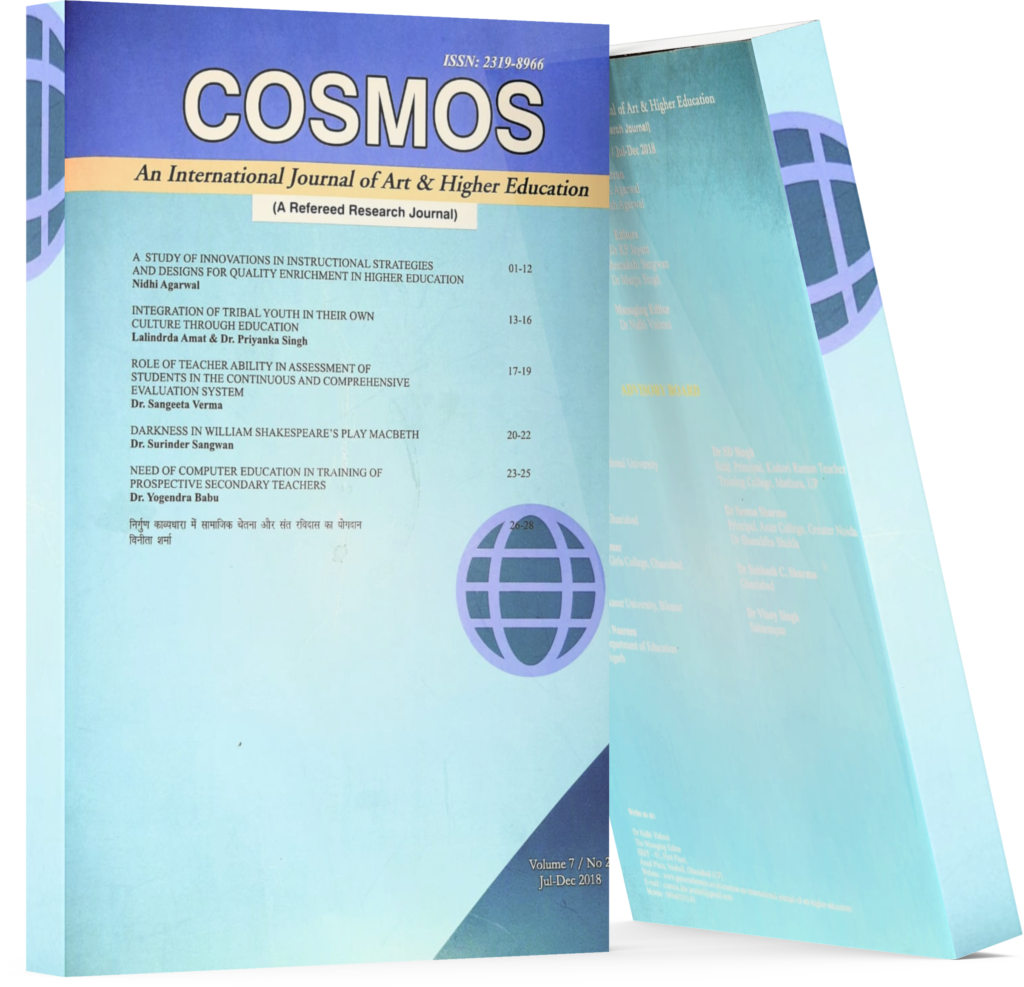The Most Commonly Used Manipulative Materials And The Degree To Which They Are Used In Mathematics By Sped Teachers
Keywords:
Manipulative Materials, , SPED Teachers, Mathematics.Abstract
Background and objective: Helping children how to understand abstract concepts, such as addition and multiplication, and the symbols that are used to represent these concepts has always been a persistent dilemma for teachers of mathematics regardless of the students’ condition; however, how much more those who are handling students with mental disability.
Methods and Findings: This study utilized a descriptive research design, the respondents included thirty-one (31) teachers in which 14 of them were SPED major while 17 belongs to the regular teachers handling SPED students under mainstream program out of the total of 65 population. The teachers utilized often the pattern blocks to integrate mathematical lessons to their students. There are five manipulatives materials, which are comprehensively used in teaching mathematics.
Conclusions: The teacher-respondents utilize varied materials in enhancing their students’ skills in Mathematics. One of the materials they use is commonly known as manipulative materials which are concrete objects that are designed to assist the learners to perceive some mathematical concept by manipulating it, or through a hands-on experience.
Downloads
References
Ball, D.L., (1992). Magical hopes: Manipulatives and the reform of math education. American Educator, 16, 14-1 8.
Keijzer, Ronald, (2003). Teaching formal mathematics in primary education. Fraction learning as mathematising process.
Merritt, D.J. and Brannon, E.M., (2012). Nothing to it: precursors to a zero concept in preschoolers. Behavioural Processes, 93, 91-7.
Oladejo, M.A., Olosunde, G.R., Ojebisi, A.O., and Isola, O.M., (2011). Instructional Materials and Students’ Academic Achievement in Physics: Some Policy Implications. European Journal of Humanities and Social Sciences, 2(1).
Research on the Benefits of Manipulatives (n.d.). Retrieved from https://www.hand2mind.
com/pdf/learning_place/research_math_manip s.pdf.
The Access Center, http://coe.jme.edu/ mathvidsr/disabilities.htm (October 1, 2004). 7. Uttal, D., Scudder, K. & DeLoache, J., (1997). Manipulatives as Symbols: A New Perspective
on the Use of Concrete Objects to Teach Mathematics. Journal of Applied Developmental Psychology, 18, 37-54, Ablex Publishing Corporation.

